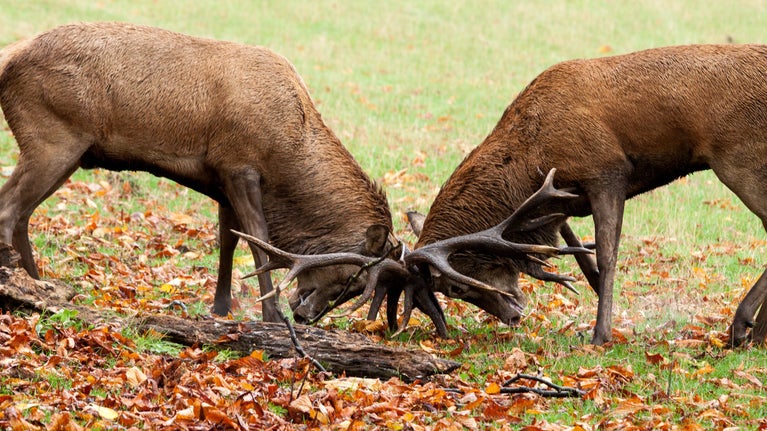
Explore the natural world
From learning how to identify trees to discovering the underwater world of rockpools, pick up some top tips to help you get closer to nature.

Looking to catch a glimpse of a red squirrel or a rare butterfly? Follow our top tips for spotting wildlife so you can really make the most of your adventures.
Before you head out, it’s worth doing a bit of research to find out which animals and wildflowers are in the area. Many of the places we care for will have information about local wildlife on their webpages. This will mean you can head to the right habitat if there’s something you particularly want to see, like the great crested newt in the sand dunes of Formby, Liverpool or newborn lambs in the green pastures of Wales.
It can be a really exciting experience to see a new creature in the wild, but it’s important to give them plenty of space and stay calm to avoid disturbing them. You're more likely to see wildlife if you stay hidden, so go for muted colours of clothing and avoid wearing perfume or scented sun cream. A pair of binoculars will help you to see details from a safe distance.
Spotting a kingfisher, roe deer or a rare pearl-bordered fritillary butterfly can make you feel even closer to nature. You never know when you might make a special discovery, so why not take a camera or notebook and pencil to record your findings? You could even pack a pocket guide to help you identify the flowers and animals that you come across.
Many creatures large and small are excellent at camouflage. Droppings, flattened grass tracks or muddy paw prints can let you know if there’s anyone in the area, and if you listen hard you might be able to find a chaffinch by following its song, or hear other creatures moving in the undergrowth.

Wildlife works on its own time, and you might have to wait for hours to see shy or rare animals like kingfishers. Take a rug to sit on, layers for warmth and a raincoat to keep you dry. Water and snacks are a good idea as well but remember to avoid strong-smelling foods, and always take any litter home with you.
Animals will often head for shade on a sunny day, and when the weather is dry they’ll need to find water to drink. Wet weather brings bugs and worms to the surface, making a feast for the birds. Many of the places we care for will run regular guided walks with rangers, which are the perfect opportunity to pick up some more tips.

From learning how to identify trees to discovering the underwater world of rockpools, pick up some top tips to help you get closer to nature.
Learn how to spot red squirrels, the best times to see them and how to tell them apart from grey squirrels.

Find out how the changing seasons affect the birds you’ll see out and about, with spotting tips and photo galleries to guide you.
